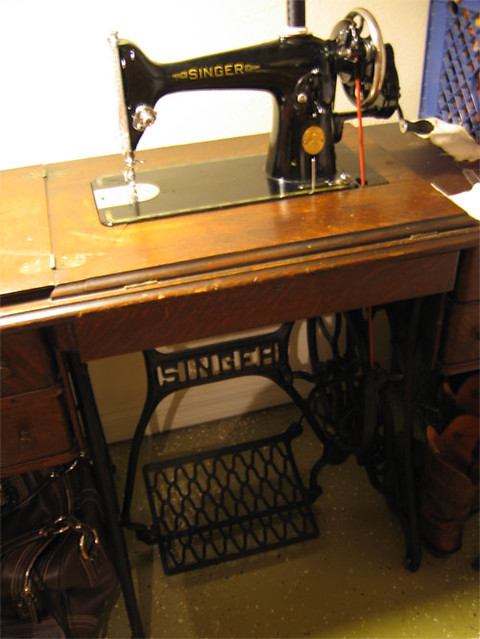Disparity
According to a May 6, 2013 report from the Death Penalty Information Center (DPIC) that relies on data through January of this year, 30% of the executions in America take place as a result of death sentences imposed in just 15 of a total 3148 counties in the US. The study considers data from 1976 on, a period that is called the “modern era of capital punishment” (that is, post-Gregg v. Georgia).
To put it succinctly, one-third of all executions come from less than one-half of one percent of all of the counties in the United States. DPIC also reports that “Since the death penalty was reinstated in 1976 through to April 2013, almost 82% of the executions have been in the South.” Furthermore, even though death sentences are handed down as a result of convictions in only a handful of counties within a given state, the expense is shared by all of the taxpayers in that given state.
Each of the 37 states that still has capital punishment has only one death chamber, at the maximum security state prison. A state-by-state list is here. How much does it cost to kill someone in one of these chambers, and is it worth it, then? Consider the 2011 California study:
California
Assessment of Costs by Judge Arthur Alarcon and Prof. Paula Mitchell (2011, updated 2012)
The authors concluded that the cost of the death penalty in California has totaled over $4 billion since 1978:
$1.94 billion–Pre-Trial and Trial Costs
$925 million–Automatic Appeals and State Habeas Corpus Petitions
$775 million–Federal Habeas Corpus Appeals
$1 billion–Costs of IncarcerationThe authors calculated that, if the Governor commuted the sentences of those remaining on death row to life without parole, it would result in an immediate savings of $170 million per year, with a savings of $5 billion over the next 20 years.
The 187-page California study begins by noting that California taxpayers have shelled out “roughly $4 billion” to fund “no more than 13 executions.” The study authors further point out that a severe backlog will delay more than 700 cases, for more than 20 years.
Since the money argument fails completely, what arguments are left? Surely, state-sanctioned homicide, given its immense expense, must be a deterrent, right? Actually, the data not only fails to support this theory, the opposite is true: murder rate decline occurs in regions where the death penalty is decreasing. According to a 2011 report released by the FBI:
On October 29, the U.S. Justice Department released the annual FBI Uniform Crime Report for 2011, indicating that the national murder rate dropped 1.5% from 2010. This decline occurred at a time when the use of the death penalty is also decreasing nationally. The Northeast region, which uses the death penalty the least, had the lowest murder rate of the 4 geographic regions, and saw a 6.4% further decrease in its murder rate in 2011, the largest decrease of any region. By contrast, the South, which carries out more executions than any other region, had the highest murder rate.
The top 15 counties for executions map is shown here.
Also, there have been 306 post-conviction DNA exonerations nationwide, and there is no question that innocent people have been executed in the US. Ray Krone is the 100th American to be sentenced to death and then later exonerated. To browse the profiles for DNA exonerations, go here.
Even though it is common knowledge that innocent people on death row have been exonerated through DNA test results, some prosecutors continue to try to deny access to this testing. Amazing, isn’t it, that prosecutors would push forward with a conviction and a death sentence, knowing that it may not only be wrongful, but that there is a likelihood that someone who did commit a violent crime remains free and will commit further violent crimes?
Related:
The Death Penalty in 2012: Year End Report
Defense argues against death penalty in shootings, claiming that the death penalty is arbitrary and unconstitutional.
Accused Aurora shooter James Holmes to plead not guilty by reason of insanity (Guardian)
Arkansas Republican endorses death penalty for children
Breaking News: Execution Stayed in Mississippi Willie Manning maintains his innocence. He was convicted on hair and ballistics testing. “This past week, the FBI notified the state that there were flaws in both the hair and ballistics evidence that was used to convict Manning. The FBI also agreed to do the DNA testing.”
[cross posted at Firedoglake.com MyFDL]








